My Evening with Chef Dan Barber
December 10, 2014
My Evening with Chef Dan Barber
A few night ago, I had the pleasure to spend an evening with Chef Dan Barber. Actually, there were about 300 fans present at this Austin, TX event but it seemed that Chef Dan was only speaking to me. I could tell he’s a passionate and good story teller. He kept his audience and “moi” entranced with his stories and food philosophy.
I have admired Chef Dan for the quality and creativity of his cooking, his approach to serve the freshest seasonal food to his clients and his progressive view to a more inclusive cuisine which he calls “The Third Plate”. I do admire that, but as a fellow chef, I have a few (grass-fed) bones to pick with Dan.
Bone 1 – As far-reaching his “ideas” are, they are nothing new to someone like me coming from Europe. His Third Plate concept (a great marketing idea I must admit), is nothing more than the rehashing of centuries-old localized cuisines all over Europe and other many other ancient cultures. I will speak of France as it is where I come from and what I know. What Dan is describing is nothing more than what French (and Italian, and Spanish, etc.) peasants have been doing for centuries: offer food that can only grow in their area and find a way to create palatable meals out of it. After multiple trial and errors, they eventually came up with crops that not only fed their family and fellow villagers but be profitable enough to earn a decent living at it. Of these restrictions grew regional cuisine.
What makes many European countries cuisine so charming and intriguing is that their cuisine can be completely different depending on which region you happen to live in or travel to. They can be even different from one village to the next not even 10 kilometers away. Why? Because their micro climate might be completely different and that affects how the crops grow in each particular location. Unfortunately for the past 20 years, the American concept of fast and cheap industrial food has tried to change, damage and destroy our European food culture.
But it’s fighting back. Up and coming young French chefs are leaving behind the heavy and expensive classical cuisine and rediscovering their locally-grown roots through what is called “Bistronomy.” They offer a lighter, cheaper, fresher and more creative food based on what’s available in their region only. Since they don’t have to have it shipped from the wholesale food market in Rungis near Paris, it makes it cheaper to purchase (less transportation cost, no need to pay for a “grossiste” (a wholesaler); they support their local farmers and economy keeping their money active in their producing region; their food is fresher (it did not have to travel from Spain or Eastern Europe) and thus healthier and, of course, better for our environment; it also forces them to be lighter on their feet and be more creative and flexible with their menus instead of serving the same old tired “classics” all year long. An all-around benefit to their clientele.
Yes, America is a young country and has not had the time to discover their own localized cuisine besides Southern cuisine which is well established by now. The reason? There was so much growing land available that agriculture developed fairly rapidly into growing only the most efficient and cheapest crops for the masses. So local crops were mostly abandoned for industrial food production. What surprises me in this whole debate is that for the past 50 years or so, most known American chefs went to learn their trade from European chefs and most likely were exposed to local cuisines. It is true that old classical French cuisine was not “local”. But that changed with “Nouvelle Cuisine” in the 70s with Michel Guerard, Roger Verger, Paul Bocuse. Why did it take so long for American chefs to discover and create their own local cuisine?
In France, “les ménagères” (housewives) like my mother, were going every day to the market and cooking fresh food picked that same morning by their local farmers. Since that was all that was available, they had to create meals for their family that used only these ingredients. Some of them even cooked the food that grew in their own backyard. That’s how many simple but historic dishes were created. To name but a few: Soupe a l’oignon – using cheap onions as it’s starting point; Gratin Dauphinois – a perfect way to enhance the lowly potato; Soupe de Poissons – using cheap small fishes that no one on the market was willing to buy; Crepes au Sarrazin (buckwheat crepes) – using a crop grown in Brittany and so on. That was still the case while I was growing up … until the American way of life of convenience at all costs invaded the world with its super or hyper markets, fast food and industrialized prepared meals.
Bone 2 – The cost of a fancy “Third Plate” meal at Blue Hill at Stone Barns and other similar high-end restaurants. Chef Dan is living in his perfect upscale dream and I am glad for him. He earned it. On the other hand, I’m sorry to say Chef Dan, but not every restaurant in this country can price its tasting menu at $200.00 per person plus wine, taxes and tips. It’s great to have direct access to the idyllic non-profit research Rockefeller estate farm that will grow exactly what you need but how realistic is that? You’re extremely lucky to have easy access to such marvelous facility but most hard-working chefs do not.
I absolutely agree with Chef Dan that the current state of our food system is horrendous with its monoculture which abuses the soil and overuses toxic pesticides and herbicides. Don’t get me started with genetically engineered crops (GMOs). But there are more and more organic and local farms offering good, clean food that will not break the bank. Chefs and farmers can work together in improving the food picture locally.
Bone 3 – Chef Dan’s focus on food experimentations applied to his “haute cuisine” makes me wonder how applicable his ideas are to the majority of Americans who don’t dine at swanky upscale restaurants all around this country. It feels like he believes in a trickle-down food culture where something he puts on his high-priced menu will somehow transform the way the rest of the country will eat. I commend his ideas on creating a sustainable and localized menu but his insistence on the purest definition of sustainability makes his ideas seem too fanciful. I do get that he wants us to eat all the other crops that makes his amazing-tasting wheat bread possible. Unfortunately, I’m just not sure 90% of the country will be willing to eat this kind of food unless all chefs decide to follow his lead. Even if other chefs are willing to follow in his footsteps, there be will be only a very small percentage of their clientele willing to eat that overpriced food. It’s good to create and cook for the 10% but the rest of us have to live with reasonable food costs and price points that our customers are willing to pay for. Not in this economy. Some would call it “elitist cuisine.”
Although my friend and I did enjoy our evening, I could not help but start debating the virtues of Chef Dan’s approach as soon as I walked out of the Paramount Theater. Chef Dan, I can only hope you succeed at convincing chefs and farmers all over the country to adopt your vision but it will be a long and arduous road. I, for one, do not believe it will happen in my lifetime in America. On the other hand, all I have to do is visit my home country once in a while to enjoy its centuries-old cuisine with gusto.
My 2 “centimes”. Chef Alain Braux
A Votre Sante – To Your Health
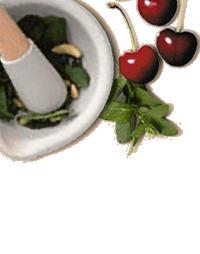
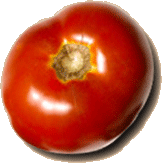


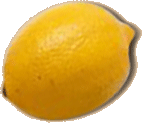
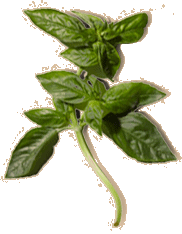
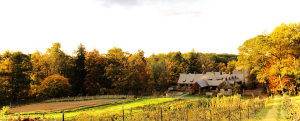
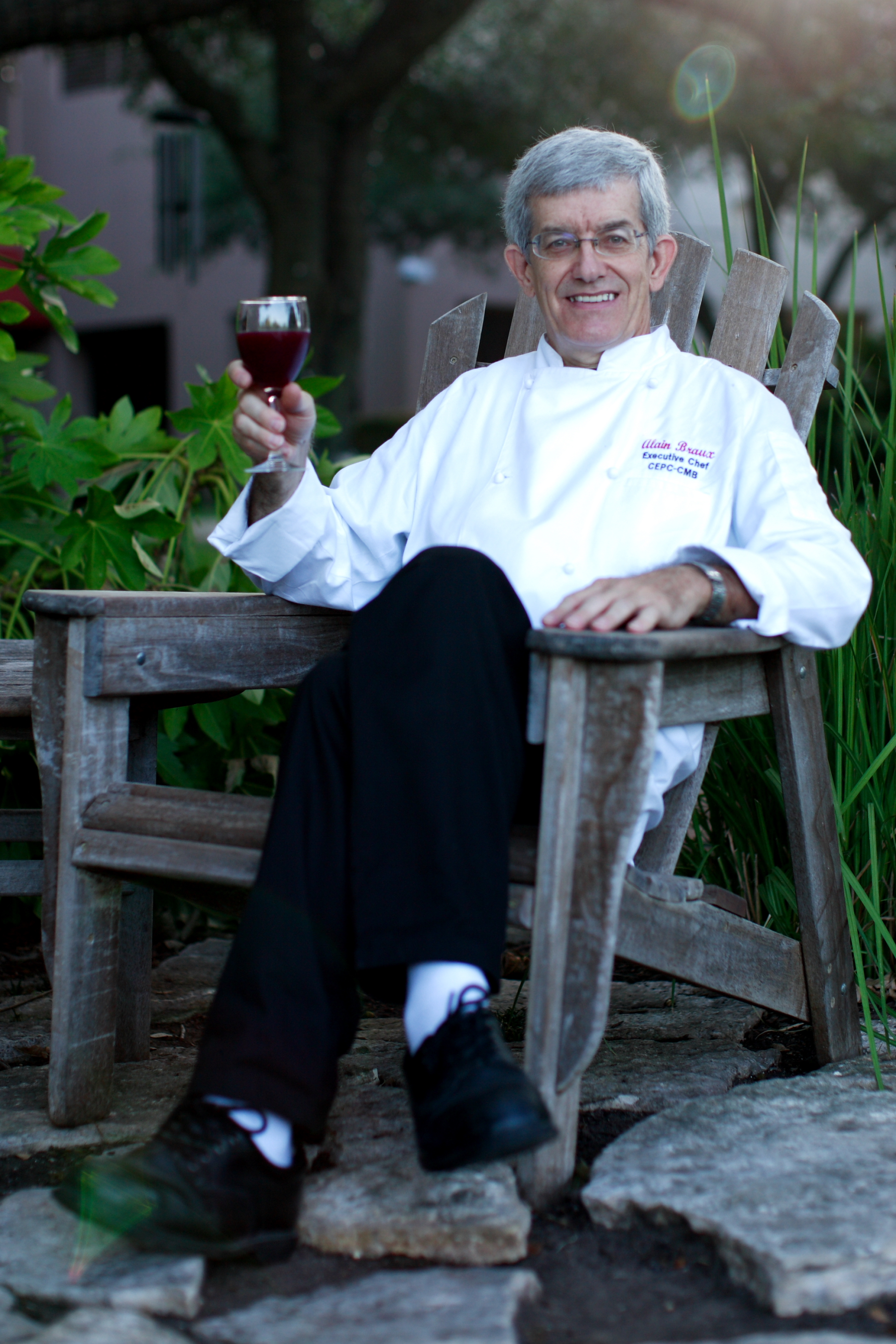
leave a comment